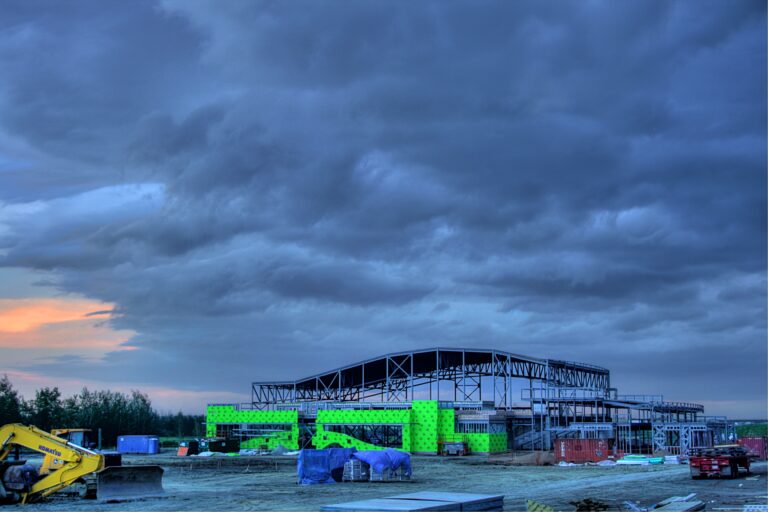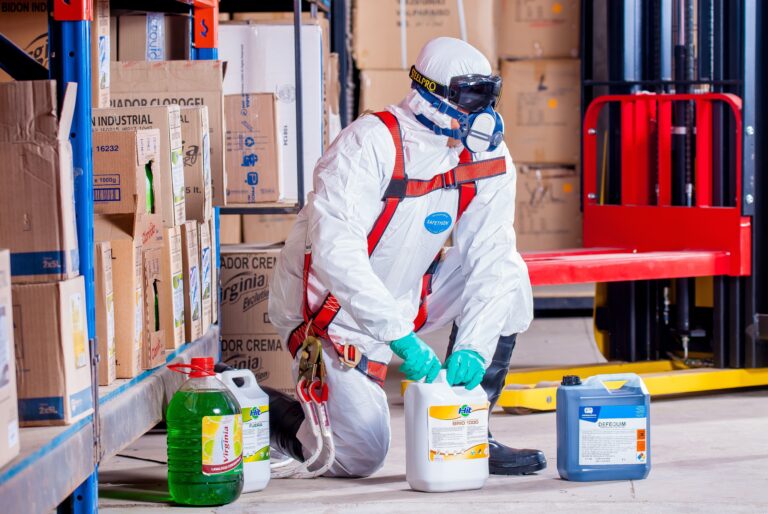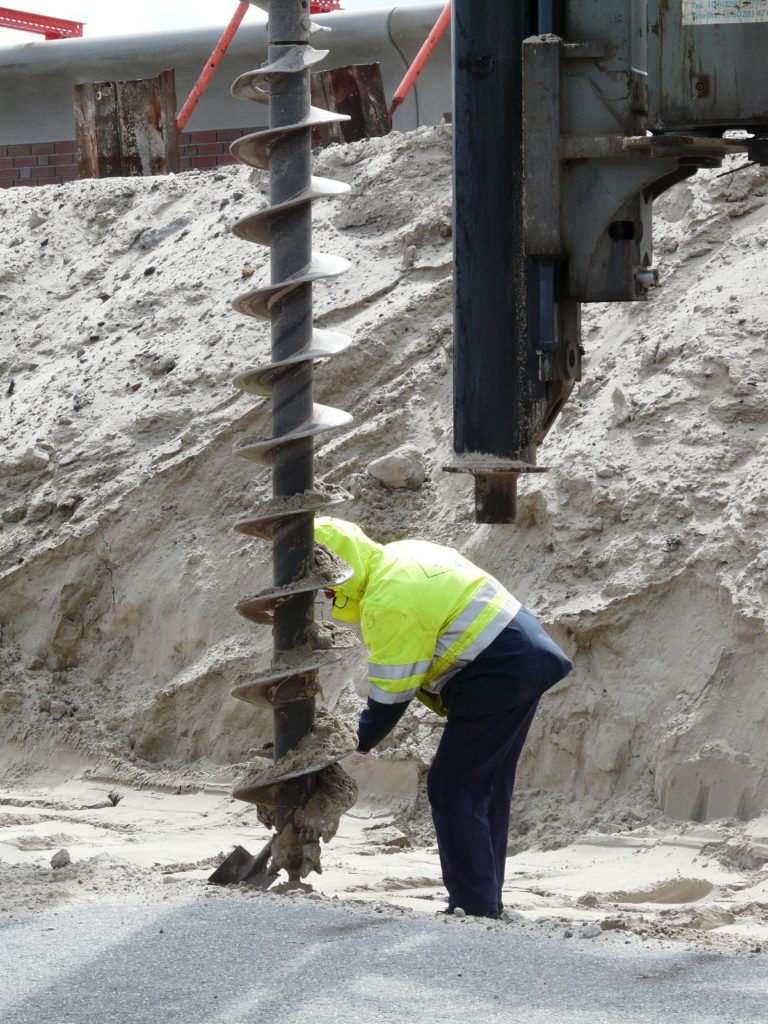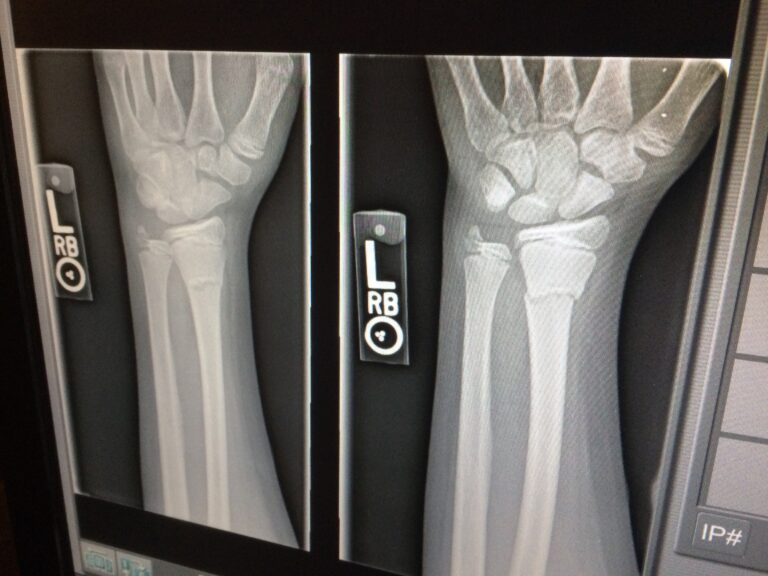Safety Tips – November 8, 2024
Proper Layering to Guard Against the Cold The best way to protect yourself during the winter is…
Proper Layering to Guard Against the Cold
The best way to protect yourself during the winter is to layer your workwear. But not all layers are created equally, and each piece of your arsenal has a different role to play in keeping you safe and warm.
The Base Layer
The base layer should be a close, but not tight, fitting garment with moisture-wicking properties. Even when the temperature outside is freezing, your body produces heat and sweat as a means of cooling your core during strenuous activities. But if your base layer doesn’t remove that moisture, you could end up causing the temperature of your body to drop dangerously fast. Pure cotton, for example, would be a poor base layer because it stays damp and loses its insulating properties once wet. Wool or synthetic fibers, such as Nylon 6,6, are the best choice for this layer because they can dry more quickly and also retain heat while damp.
The Insulation Layer
The insulation layer should hold onto as much heat as possible. Average consumers often buy puffer jackets for this layer. But for a work site, wool and fleece are better fabrics to choose from, since they breathe well and dry quickly. Make sure anything you choose is designed with performance in mind. That will limit any bulk you’re wearing and make this layer feel more lightweight. Fit is extremely important on this insulation layer. If your items are too tight, they will restrict your range of motion, but if they are too loose, then they won’t provide the maximum level of warmth. Also consider the length of any gear you wear, since your insulation layer won’t perform as needed if it’s constantly riding up or shifting to expose your skin during use.
The Shell Layer
The shell layer is your topmost piece of gear and should provide the most protection. Wind chill can decrease outside temperature feel, so make sure your shell is windproof, but that it can still breathe and move with you as you work. Where your inner layers focused on drying any moisture your body produces, this piece should help prevent any water from going through. If not entirely waterproof, make sure your workwear has a DWR (durable water repellant) finish to keep you dry. As your outermost defense, this layer should also be abrasion resistant and have any additional safety features you need on the job, like hi-vis coloring or reflective panels. While you could wear a safety vest or another piece of gear on top of your shell, that could restrict your range of motion or prevent the layer from providing the best protection.
While layering is often considered exclusively for the upper body, make sure you’re also protecting your legs. The femoral artery, which passes under the surface of the upper thigh, can lose your body a significant amount of heat if it’s not properly insulated. Be sure to follow this layering technique with your pants, or at least add a fleece lined option to your workwear for exceptionally cold days.
Regardless of the temperature, it’s important that you are prepared in the face of any weather. Proper layering acts as a formidable defense, shielding you from the potential health risks associated with prolonged exposure to the cold. It also gives you a greater level of productivity and minimizes the chance of accidents and injuries. Though, even if you are completely prepared, you should take every opportunity to remove yourself from extreme cold during the day and keep extra layers available in case the temperature changes or you’re faced with unexpected rain or snow.
Capas adecuadas para protegerse del frío
La mejor manera de protegerse durante el invierno es usar capas de ropa de trabajo. Pero no todas las capas se crean de la misma manera, y cada pieza de tu arsenal tiene un papel diferente que desempeñar para mantenerte seguro y abrigado.
La capa base
La capa base debe ser una prenda ceñida, pero no ajustada, que absorba la humedad. Incluso cuando la temperatura exterior es bajo cero, su cuerpo produce calor y sudor como un medio para enfriar su núcleo durante las actividades extenuantes. Pero si su capa base no elimina esa humedad, podría terminar haciendo que la temperatura de su cuerpo baje peligrosamente rápido. El algodón puro, por ejemplo, sería una mala capa base porque se mantiene húmedo y pierde sus propiedades aislantes una vez mojado. La lana o las fibras sintéticas, como el Nylon 6,6, son la mejor opción para esta capa porque pueden secarse más rápidamente y también retener el calor mientras están húmedas.
La capa de aislamiento
La capa aislante debe retener la mayor cantidad de calor posible. Los consumidores promedio a menudo compran chaquetas acolchadas para esta capa. Pero para un lugar de trabajo, la lana y el vellón son mejores telas para elegir, ya que respiran bien y se secan rápidamente. Asegúrate de que todo lo que elijas esté diseñado teniendo en cuenta el rendimiento. Eso limitará cualquier volumen que lleves puesto y hará que esta capa se sienta más liviana. El ajuste es extremadamente importante en esta capa de aislamiento. Si sus artículos están demasiado apretados, restringirán su rango de movimiento, pero si están demasiado sueltos, no proporcionarán el máximo nivel de calor. También ten en cuenta la longitud de cualquier equipo que uses, ya que tu capa aislante no funcionará como es necesario si se sube o cambia constantemente para exponer tu piel durante el uso.
La capa de concha
La capa de caparazón es la pieza superior del equipo y debe proporcionar la mayor protección. La sensación térmica puede disminuir la sensación de temperatura exterior, así que asegúrate de que tu caparazón sea resistente al viento, pero que aún pueda respirar y moverse contigo mientras trabajas. Mientras que las capas internas se centran en secar la humedad que produce el cuerpo, esta pieza debería ayudar a evitar que pase el agua. Si no es completamente impermeable, asegúrese de que su ropa de trabajo tenga un acabado DWR (repelente al agua duradero) para mantenerlo seco. Como su defensa más externa, esta capa también debe ser resistente a la abrasión y tener cualquier característica de seguridad adicional que necesite en el trabajo, como colores de alta visibilidad o paneles reflectantes. Si bien puede usar un chaleco de seguridad u otra pieza de equipo en la parte superior de su caparazón, eso podría restringir su rango de movimiento o evitar que la capa brinde la mejor protección.
Si bien las capas a menudo se consideran exclusivamente para la parte superior del cuerpo, asegúrese de proteger también sus piernas. La arteria femoral, que pasa por debajo de la superficie de la parte superior del muslo, puede hacer que su cuerpo pierda una cantidad significativa de calor si no está debidamente aislada. Asegúrate de seguir esta técnica de capas con tus pantalones, o al menos añade una opción de forro polar a tu ropa de trabajo para los días excepcionalmente fríos.
Independientemente de la temperatura, es importante que estés preparado para enfrentar cualquier clima. Las capas adecuadas actúan como una defensa formidable, protegiéndolo de los posibles riesgos para la salud asociados con la exposición prolongada al frío. También le brinda un mayor nivel de productividad y minimiza la posibilidad de accidentes y lesiones. Sin embargo, incluso si está completamente preparado, debe aprovechar todas las oportunidades para alejarse del frío extremo durante el día y tener capas adicionales disponibles en caso de que cambie la temperatura o se enfrente a lluvias o nieves inesperadas.







